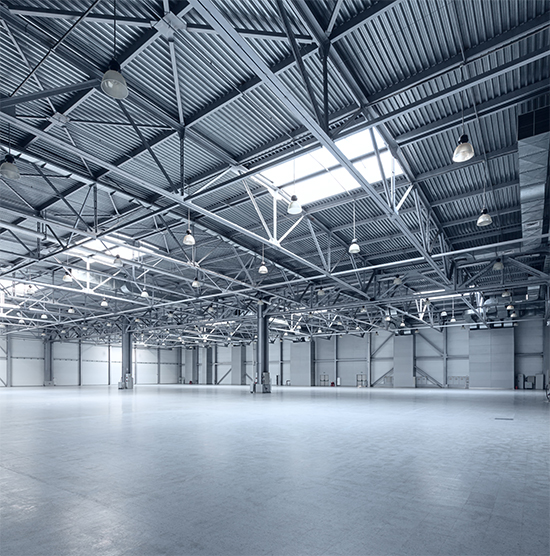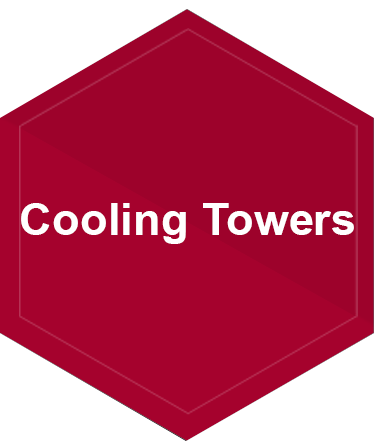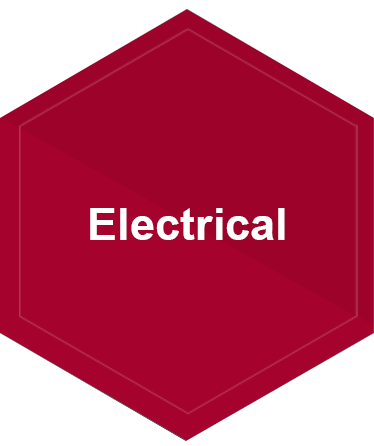Building Construction

Also known as GRP (Glass reinforced plastic) or fiberglass, it is a lightweight, strong and durable material, used as a superior alternative to steel, aluminum, wood or concrete. In terms of mechanical properties, FRP pultruded profiles match and exceed equivalent steel profiles while being lower in weight and with the added benefit of long life:

The strength of FRP is derived by the glass. Typically, higher %age of glass would indicate superior mechanical properties. Glass rovings’ are used to give strength in the longitudinal direction, while multi-axial mats are used to provide necessary transverse properties. Glass also leads to thermal and electrical insulation properties. Typically, ~55-65% of pultruded profile is glass. The resin decides the chemical properties of FRP. Typically, UPR (unsaturated polyester resin) is used for making FRP, which leads to weathering and chemical resistance. Additional additives and fillers are add to give properties of fire retardance, protection against UV, and any other required characteristics. FRP materials are easy to carry and join. One case use simple carpentry tools to create FRP structures saving both time and labour costs.

Key advantages of using pultruded FRP over steel structure

The strength of FRP is derived by the glass. Typically, higher %age of glass would indicate superior mechanical properties. Glass rovings’ are used to give strength in the longitudinal direction, while multi-axial mats are used to provide necessary transverse properties. Glass also leads to thermal and electrical insulation properties. Typically, ~55-65% of pultruded profile is glass. The resin decides the chemical properties of FRP. Typically, UPR (unsaturated polyester resin) is used for making FRP, which leads to weathering and chemical resistance. Additional additives and fillers are add to give properties of fire retardance, protection against UV, and any other required characteristics. FRP materials are easy to carry and join. One case use simple carpentry tools to create FRP structures saving both time and labour costs.

Key advantages of using pultruded FRP over steel structure
-
Reduced civil cost
Composites weigh almost 40% lower than the equivalent steel structure. This leads to lower supporting weight for the civil construction required reducing the overall cost as well as construction time. -
No corrosion, long life
FRP material are designed to be immune to weathering and chemical corrosion. Thus, structures can last successfully for decades even in extreme conditions. -
Easy to install, faster construction and low labor costs
FRP is light-weight so it can be carried around easily. Furthermore, FRP profiles can be joined using simple fabricating and joining tools, and complex processes requiring skilled workers such as welding can be avoided. -
Natural insulation, savings on energy costs
FRP is 60% glass, and has very low thermal conductivity. Thus, any structure made from FRP provides natural insulation of a temperature difference of 2-4 degrees between inside and outside of the structure. -
Natural color, no painting required
FRP profiles have color inherently embedded in them and don’t require any painting. -
Fire retardance
Arvind’s FRP pultruded profiles are fire-retardant and are ASTM E84 Class A certified. -
Electrical conductivity
FRP is electrically insulated material and thus can be used safely in any environment where worker safety is paramount.











